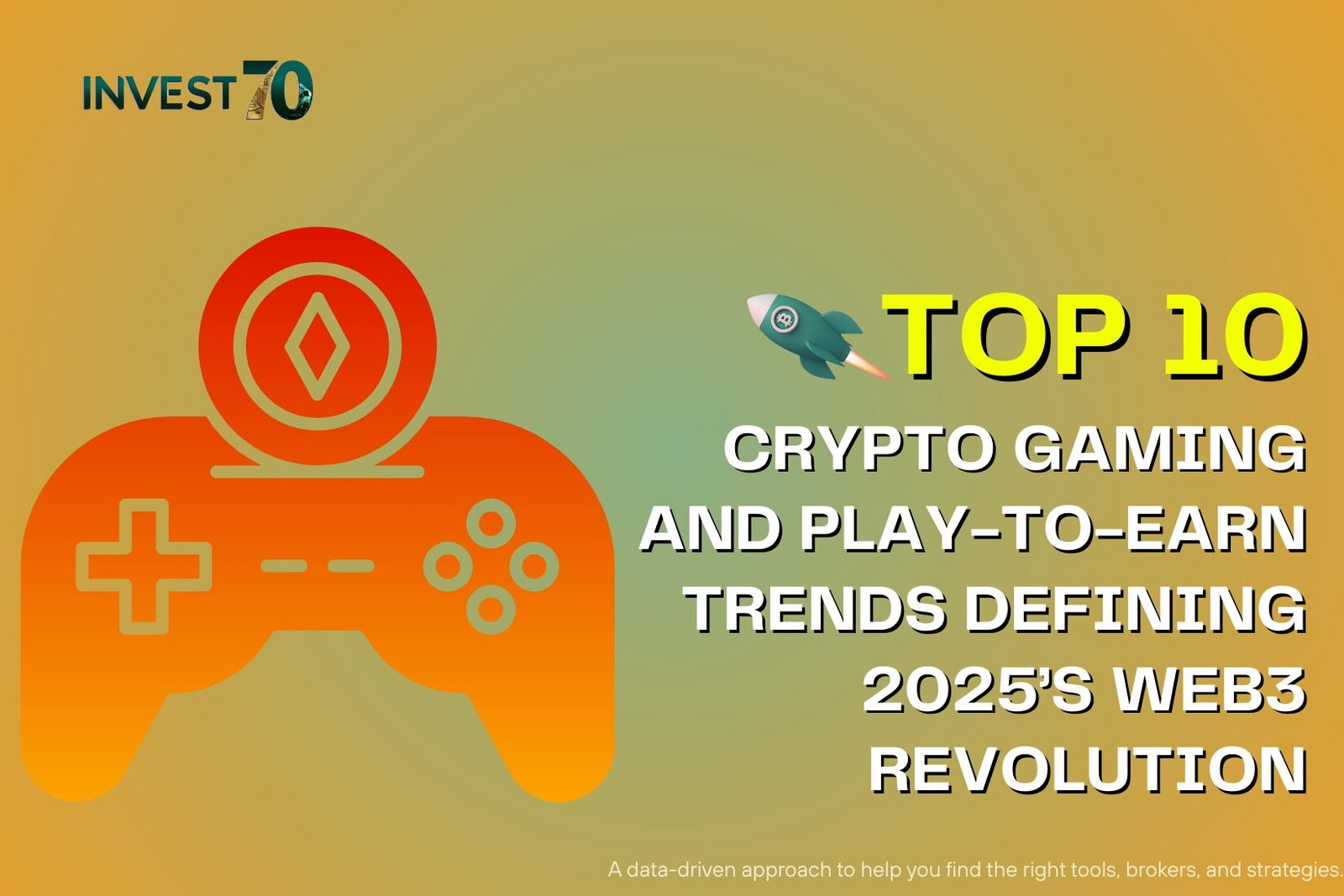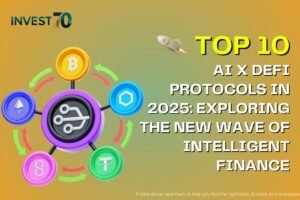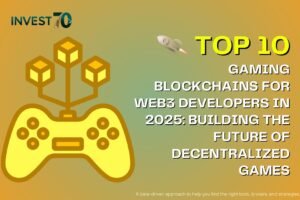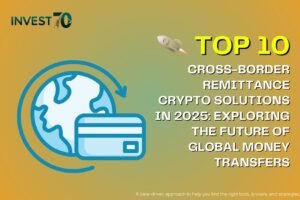TOP 10 Crypto Gaming and Play-to-Earn Trends Defining 2025’s Web3 Revolution
TOP 10 Crypto Gaming : The blockchain gaming space in 2025 is no longer an experimental corner of the crypto industry — it has matured into a fully-fledged sector with its own economic models, competitive leagues, and metaverse-ready communities. The TOP 10 Crypto Gaming trends this year point to a clear direction: player empowerment, economic sustainability, and interconnected virtual worlds.
Play-to-Earn (P2E) mechanics are evolving beyond the early grind-to-earn days. NFT assets are becoming more than collectibles, tokenomics are being redesigned for longevity, and cross-chain interoperability is reshaping how players move between games.
1. Seasonal & Event-Based Rewards

Source: G2A
Instead of static rewards, games now use rotating seasonal content to maintain excitement. Time-limited missions, leaderboard events, and themed challenges bring fresh incentives that keep players returning.
This approach doesn’t just boost engagement — it also stimulates demand for in-game tokens and NFTs. In 2025, some P2E titles even tie seasonal story arcs to reward cycles, creating deeper immersion alongside economic activity.
2. Token/NFT-Based Early Access
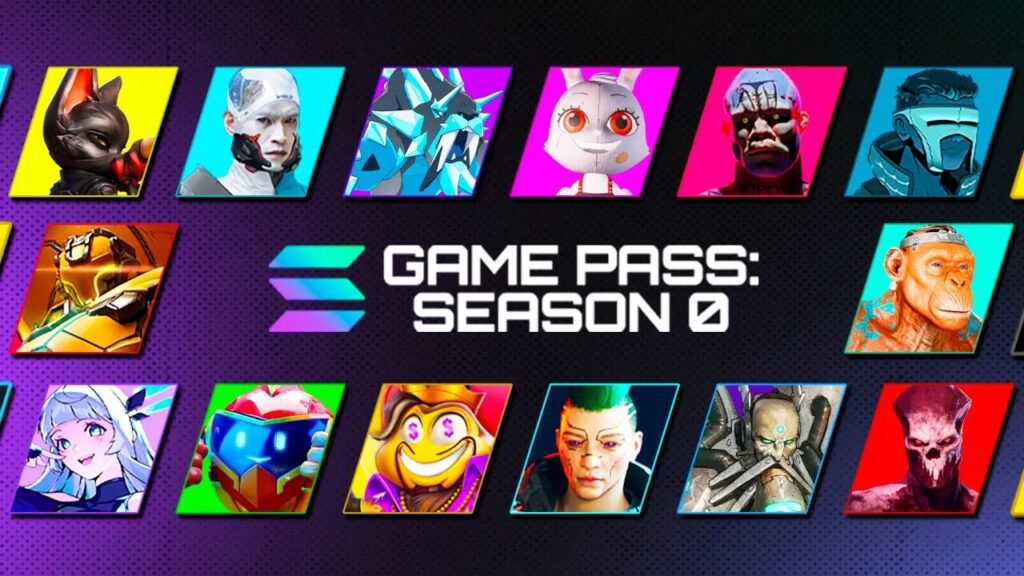
Source: Decrypt
Exclusive early access is becoming a powerful community-building tool. Developers reward loyal holders of certain NFTs or game tokens with alpha and beta entry.
For players, it’s a chance to influence development before public release. For studios, it’s a way to attract early adopters who can help refine gameplay while adding prestige to the project. In some 2025 launches, these early access passes have even become valuable collectibles in their own right.
3. Multi-Token Reward Systems
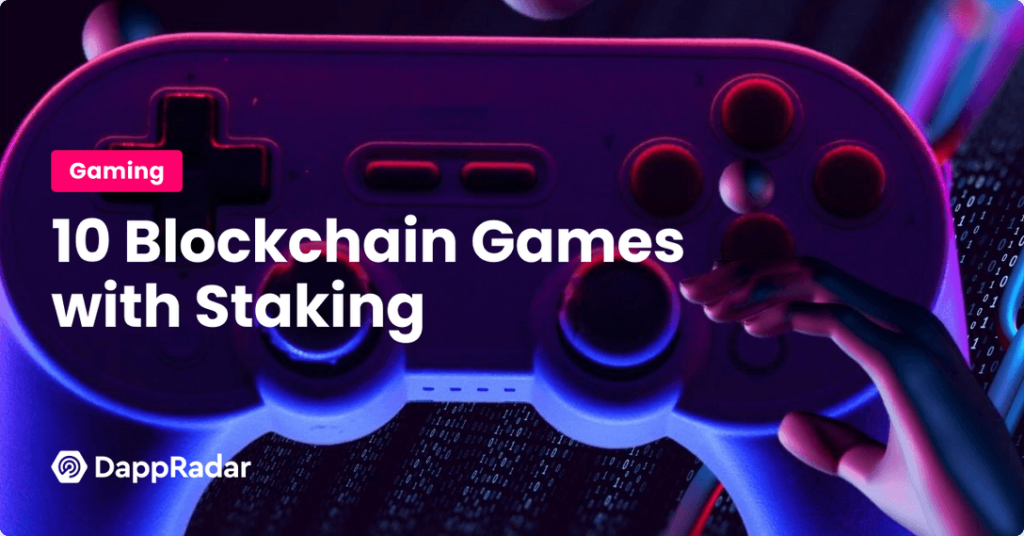
Source: dappradar
Relying on a single currency can destabilize an in-game economy. To counter this, many blockchain games are shifting to multi-token systems — one token for governance and another for gameplay rewards.
By separating economic roles, these systems prevent inflation, give long-term utility to governance assets, and keep player incentives balanced. The result is a healthier, more sustainable P2E environment.
4. Expanding into the Metaverse

Source: MOTION ANALYSIS
More games are becoming part of larger metaverse ecosystems. Avatars, skins, and weapons can now travel between titles, and players can showcase their achievements in virtual social hubs.
This interoperability turns isolated games into connected experiences. In 2025, we’re seeing fantasy RPG gear being usable in sci-fi shooters, or racing game vehicles displayed in digital galleries within metaverse cities.
5. Rise of Mobile-First Blockchain Titles

Source: Bitpanda
With smartphone adoption growing rapidly, blockchain games are being designed mobile-first. These aren’t just simplified versions — they’re optimized for touchscreen controls, quick sessions, and cross-device progress syncing.
Emerging markets, in particular, are benefiting from lighter game clients and low-fee blockchain integrations. Popular genres include mobile RPGs, trading card games, and casual competitive titles.
6. NFTs as Functional Game Assets
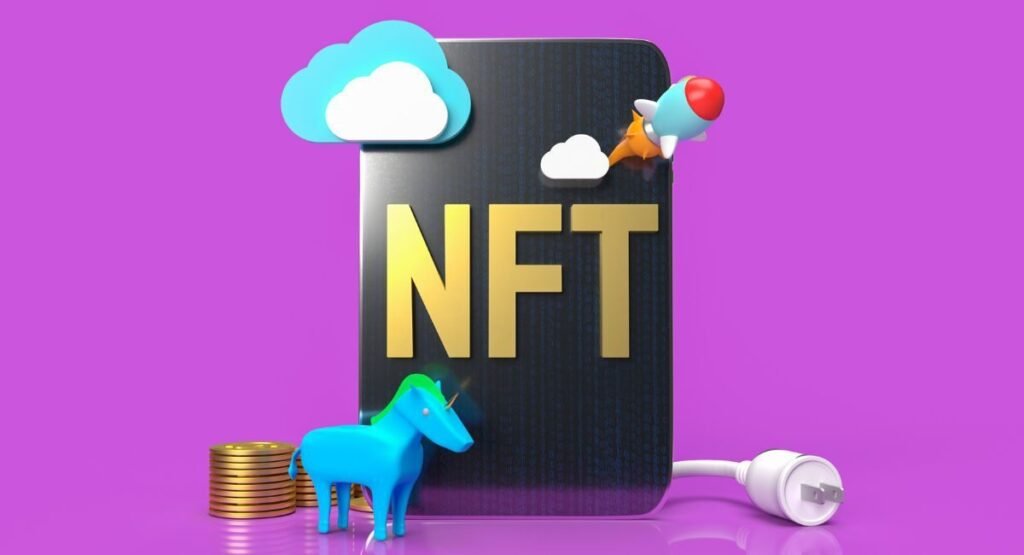
Source: Blockchain Magazine
NFTs have moved well past being mere collectibles. In 2025, they serve as weapons, armor, pets, vehicles, or even access keys to special in-game zones.
Ownership now means functionality. Players can upgrade these NFTs, rent them to others, or trade them freely, all underpinned by secure blockchain contracts. This makes NFT utility central to gameplay, not just a cosmetic add-on.
7. TOP 10 Crypto Gaming : Skill-Based Earning Models

Source: Crypto Briefing
P2E is shifting toward skill rather than sheer time investment. Competitive leaderboards, ranked modes, and tournament structures now decide who earns the biggest rewards.
For the industry, this keeps token emissions under control. For players, it offers a fairer chance to profit based on talent and strategy, creating crossover potential with esports audiences.
8. TOP 10 Crypto Gaming : Long-Term Tokenomics & Sustainability
After years of boom-and-bust game economies, sustainability is taking center stage. Token burns, staking incentives, and carefully managed reward schedules are becoming the norm.
These systems reduce selling pressure and stabilize token value, making it easier for players and developers to plan long-term involvement without fearing economic collapse.
9. TOP 10 Crypto Gaming : Cross-Chain Gameplay and Asset Transfers
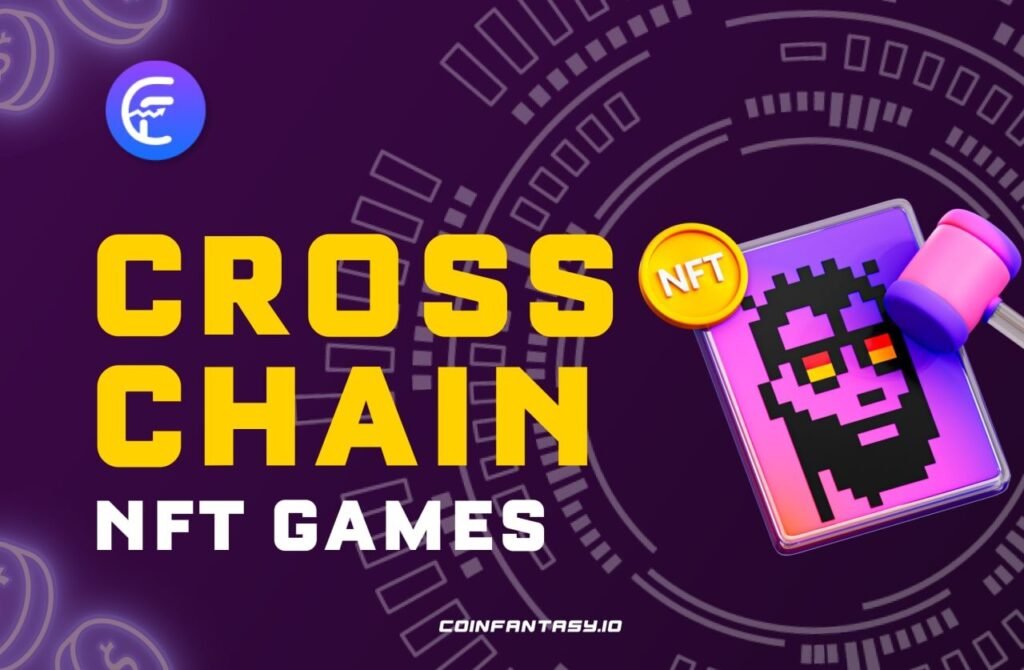
Source: Coin Fantasy
Interoperability is no longer a future promise — it’s here. Players can now move assets across multiple blockchains, often within the same game session.
This brings lower fees, access to larger player networks, and greater liquidity in NFT markets. 2025’s biggest P2E platforms are already integrating Ethereum, Polygon, Solana, and other chains under one ecosystem.
10. TOP 10 Crypto Gaming : Player-Led Game Development
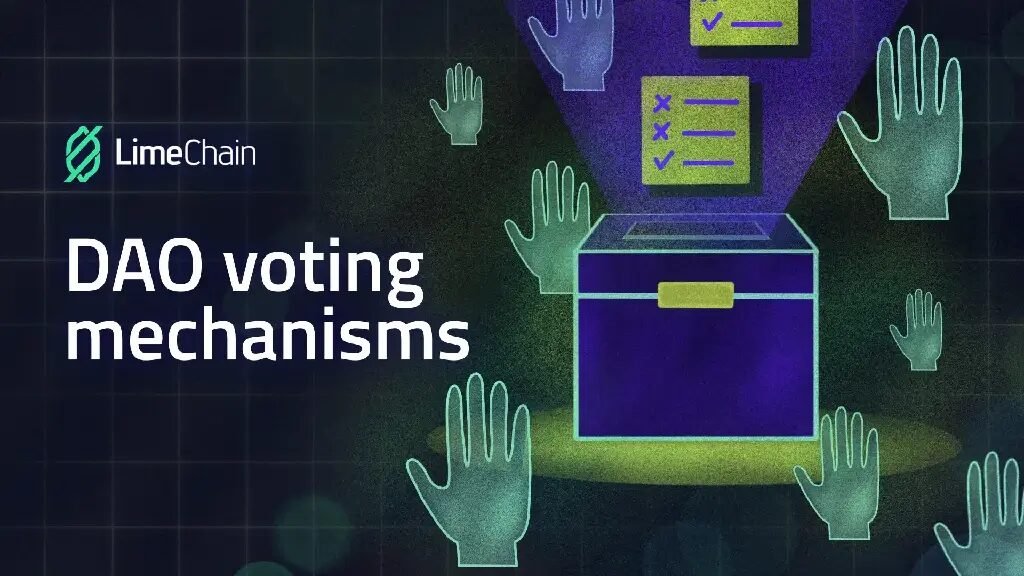
Source: LimeChain
Community governance is gaining traction. Through DAOs and voting tokens, players have a direct say in gameplay updates, tokenomics changes, and content expansions.
The transparency this creates builds trust — and in many cases, it leads to features the community actually wants. In 2025, several high-profile games have shifted major updates entirely based on player votes.
Conclusion – TOP 10 Crypto Gaming
The TOP 10 Crypto Gaming trends of 2025 reveal a sector evolving toward sustainability, interconnectivity, and genuine player ownership. With better tokenomics, cross-chain ecosystems, and governance-driven development, blockchain games are entering a phase where communities truly shape their virtual worlds.
As 2026 approaches, expect these innovations to push Web3 gaming beyond niche audiences, making it a central pillar of the global gaming industry.

